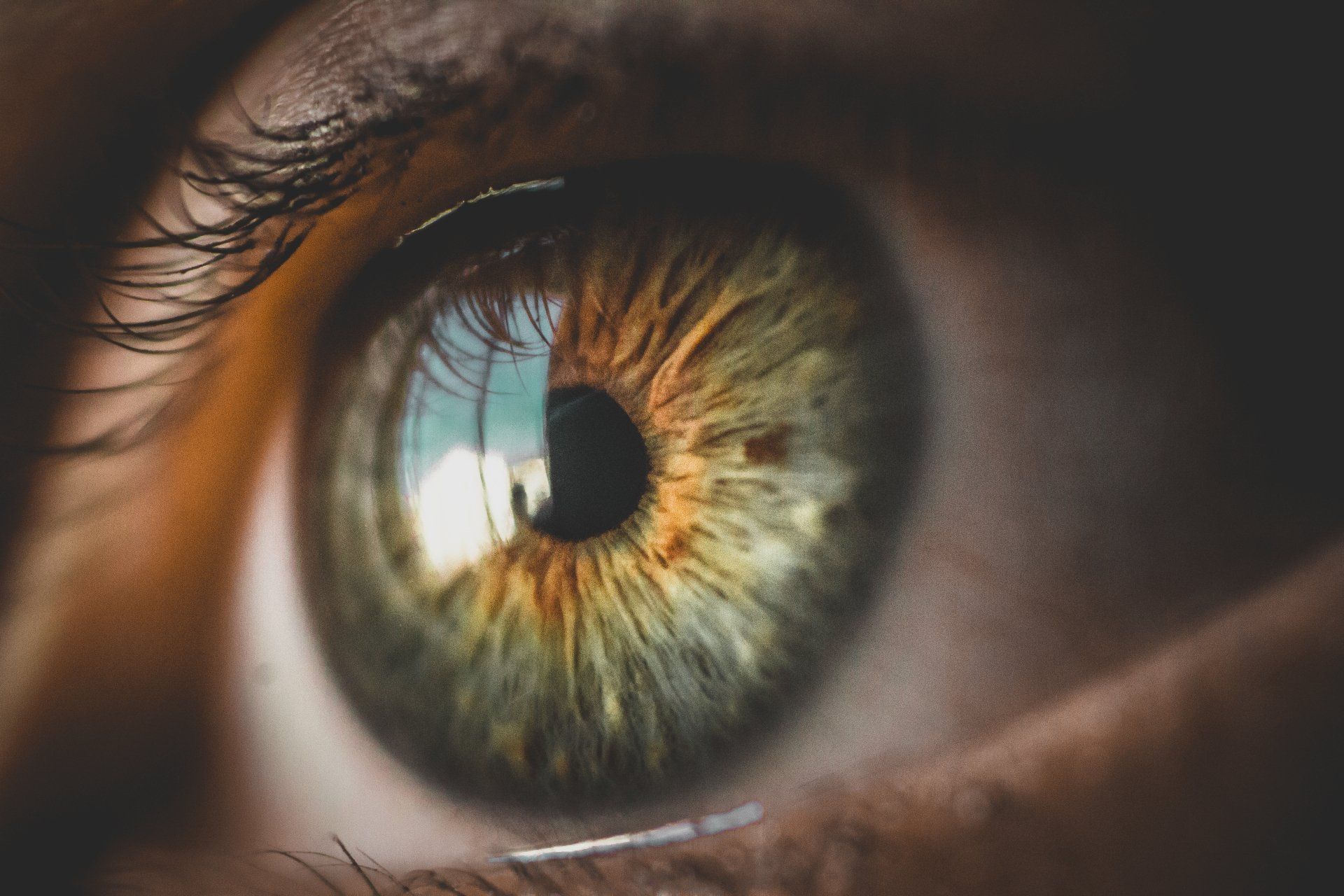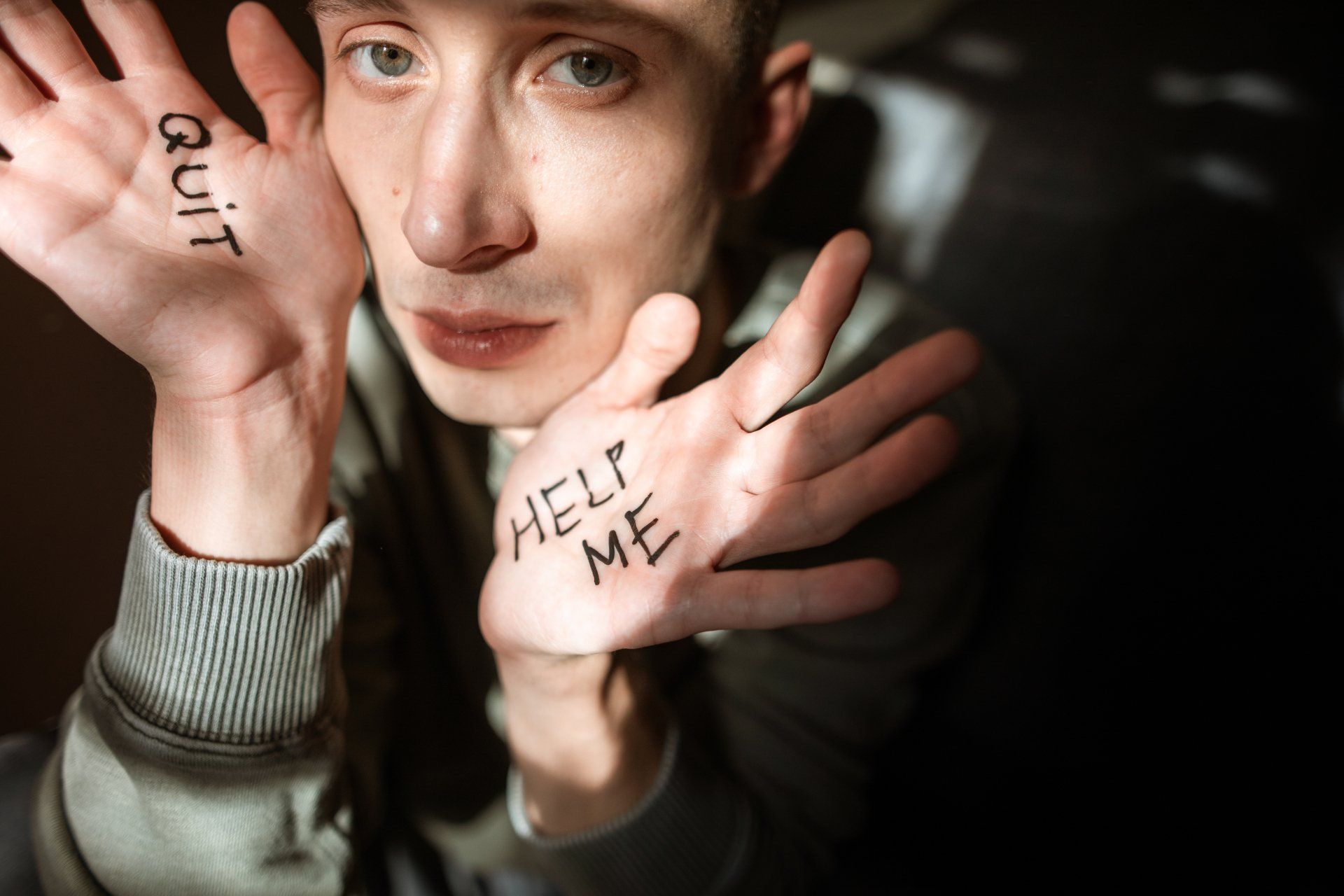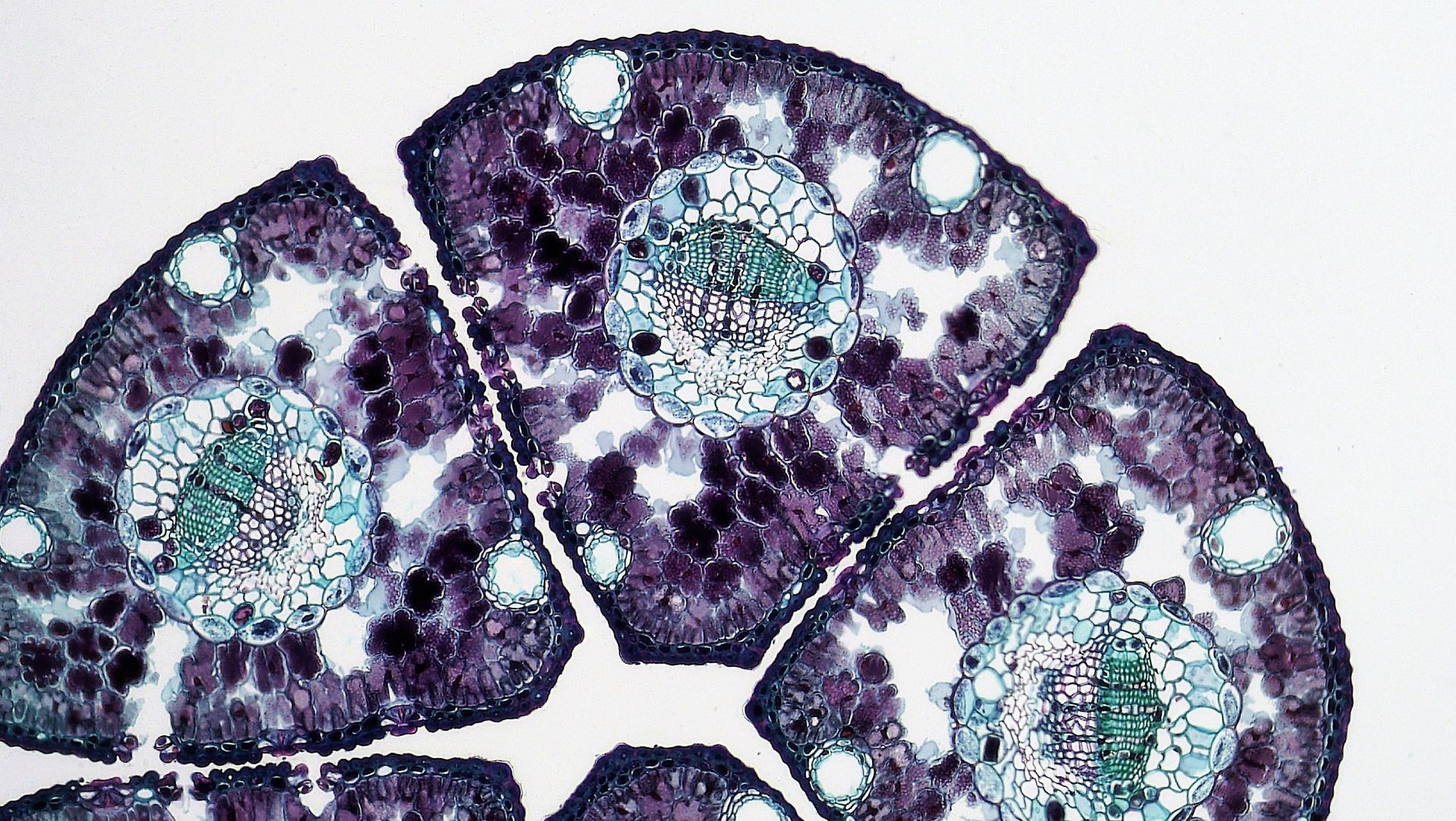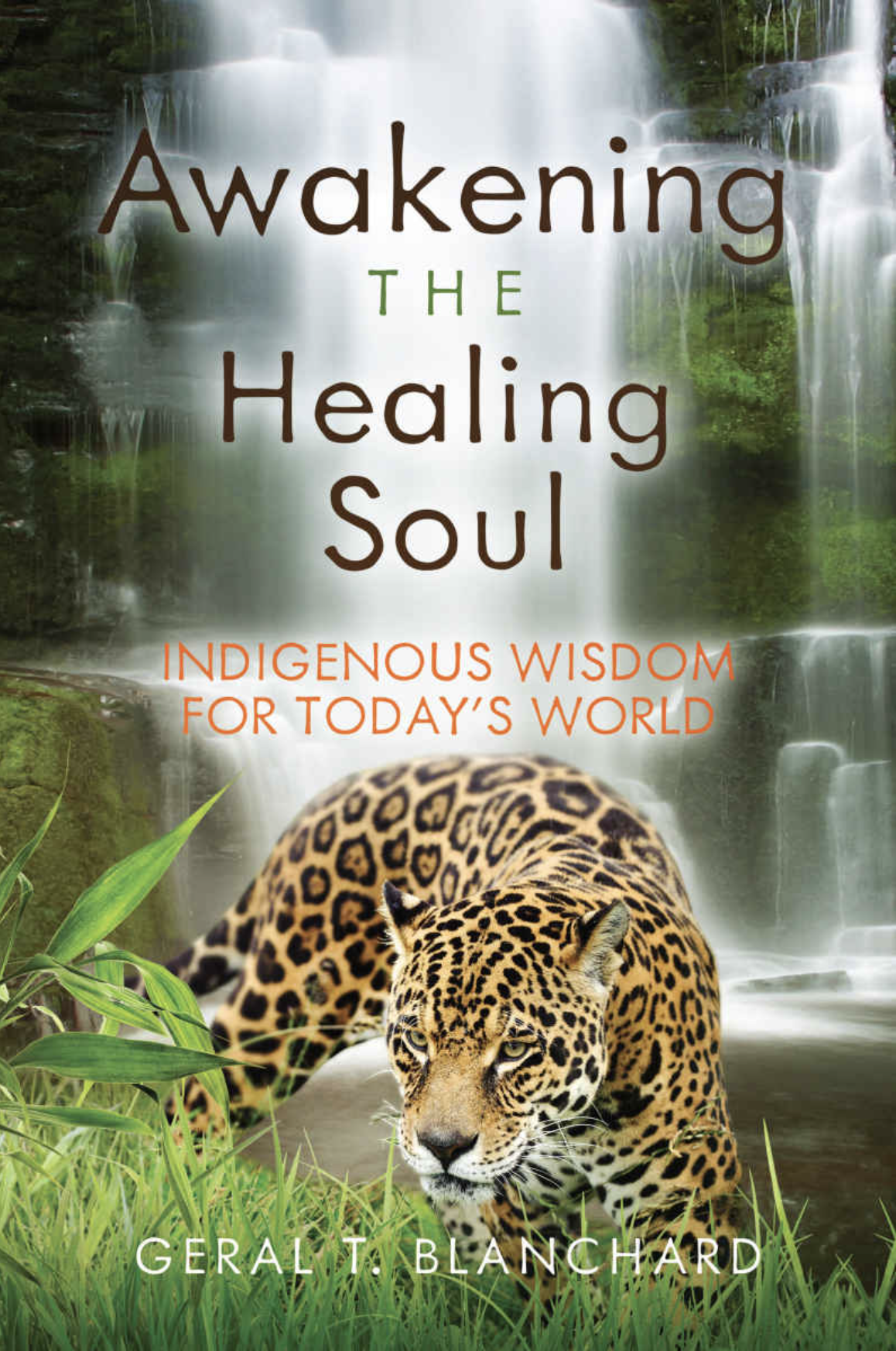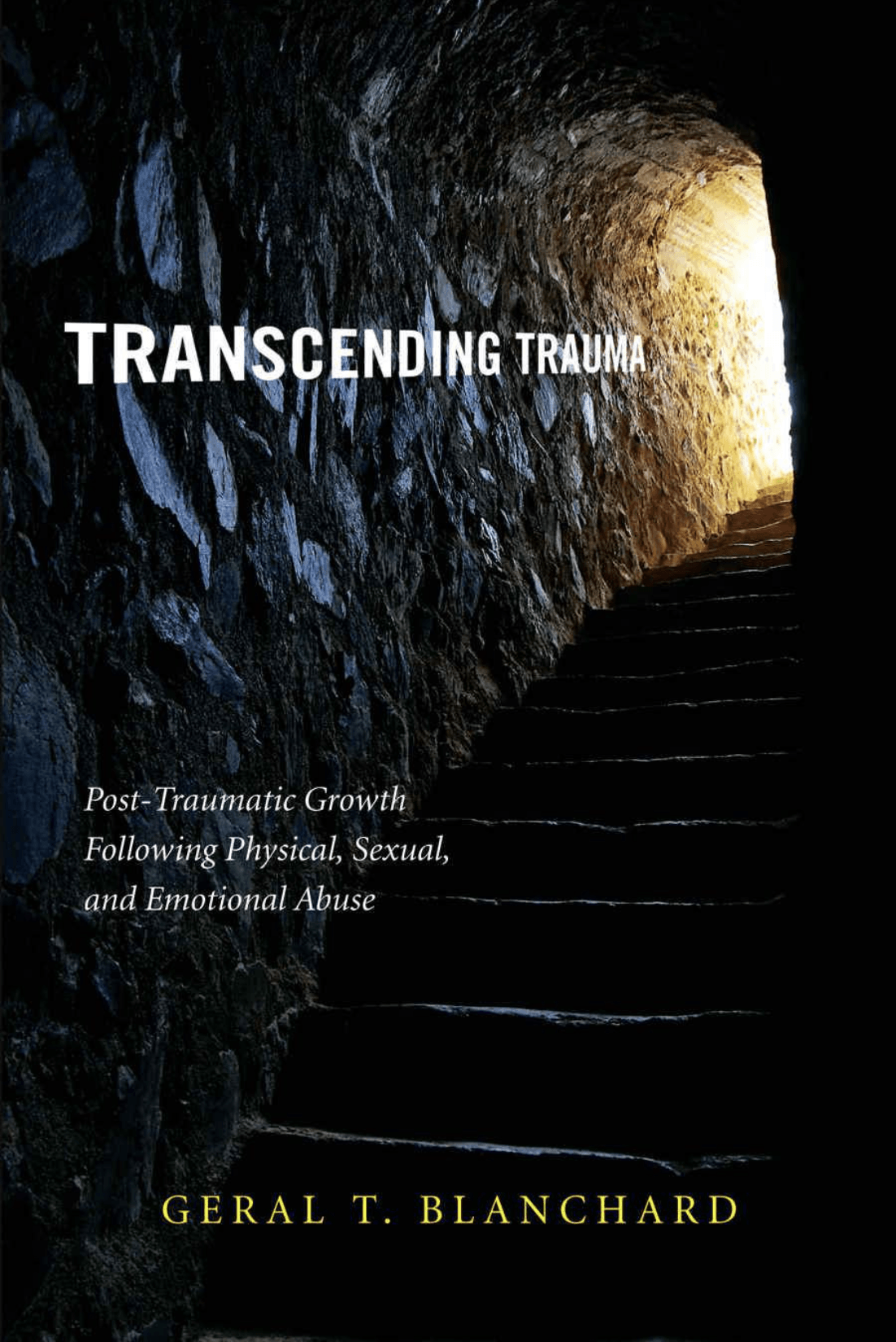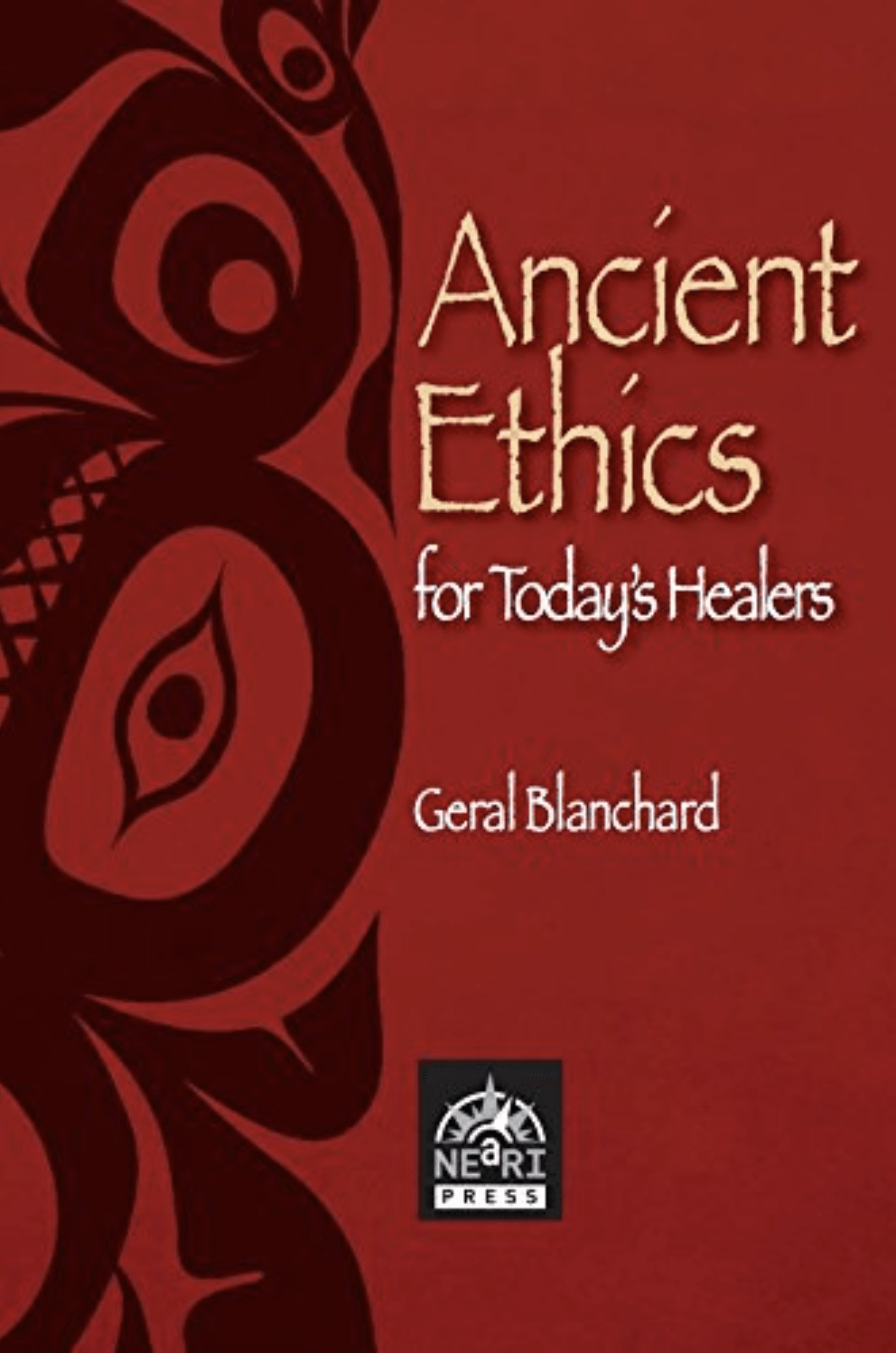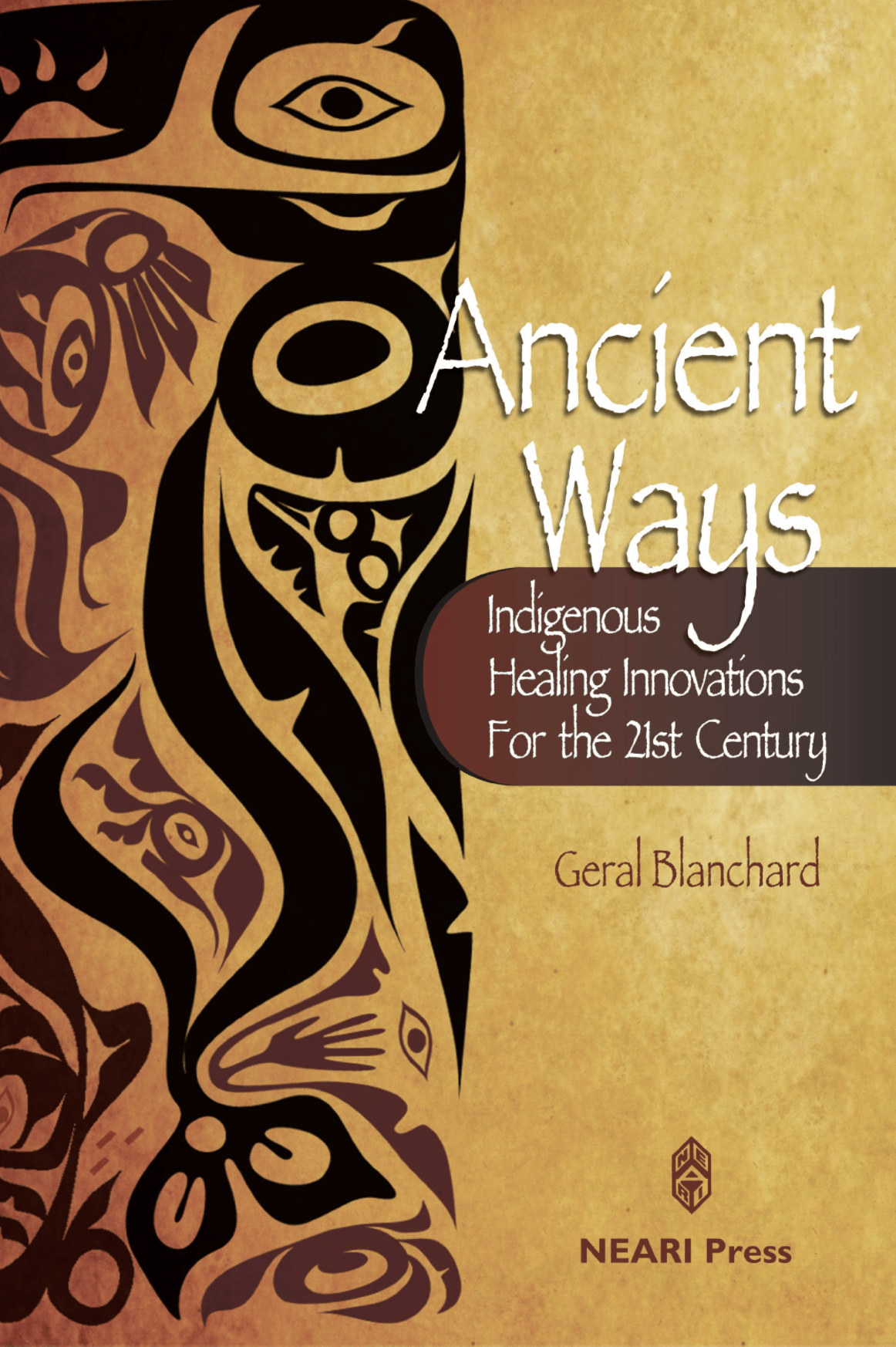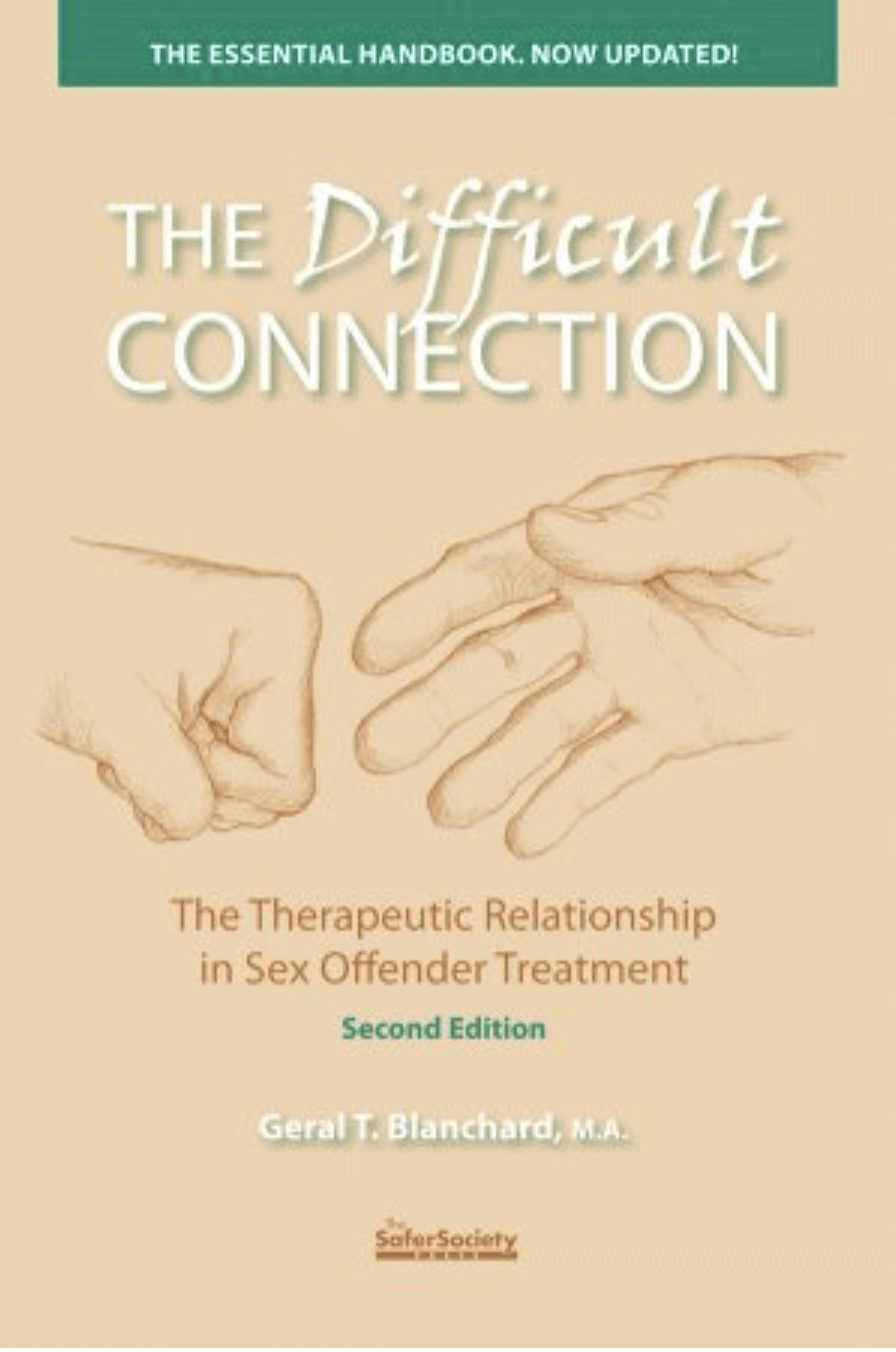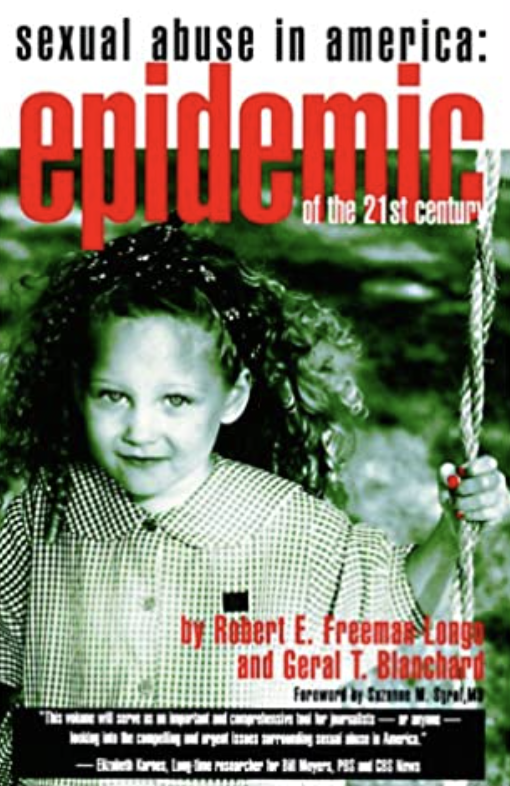Geral Blanchard, LPC, is a psychotherapist who is university trained in psychology and anthropology. Formerly of Wyoming and currently residing in Iowa, Geral travels the world in search of ancient secrets that can augment the art and science of healing. From Western neuroscience to Amazonian shamanism, he has developed an understanding of how to combine old and new healing strategies to optimize recovery, whether from psychological or physical maladies.
Research grade MDMA has been convincingly shown to be effective method for the treatment of PTSD
New perspectives on old medicines
Thanks to the pioneering research of the Multidisciplinary Association for Psychedelic studies (MAPS), Imperial College, Johns Hopkins University, and UCLA, many of the medicine and plants feared by earlier generations are experiencing a resurgence of interest as highlighted on NBC's Today Show.
The unjustified government hysteria of the 1970s and beyond concentrated on inadequately understood psychedelic and entheogen medicines. Today professionals are much better informed about the safety and effectiveness of many medicines like MDMA, psilocybin, LSD, ibogaine, and ayahuasca.
One of the comforting comparisons between psychedelics (like psilocybin and LSD) is that MDMA is more gentle, predictable and reliable, keeping patients safely grounded in reality at all times. While their consciousness is enhanced (bigger, more expansive, and complete), patients also seem to experience what I liken to be a “split-screen” form of cognitive and visual processing. With remarkable ease, persons can immediately switch from one way of receiving and applying information to another.
Not to be confused with often contaminated street drugs like Molly or Ecstasy, research grade MDMA has been convincingly shown to be an extraordinarily effective method for the treatment of PTSD. After just three six-hour medicinal treatments, approximately three quarters of patients will no longer qualify for a PTSD diagnosis. When indigenously inspired ceremonies and rituals are added to the treatment protocol, many psychotherapists believe the results are even more extraordinary. (This is outlined in my book, Awakening the Healing Soul: Indigenous Wisdom for Today’s World.)
Frequently, misleading names are used for the non-hallucinogenic and non-addictive drug, MDMA. Some experts categorize it as an empathogen, others a psychointegrator or entactogen, and still others refer to MDMA as a clarigen. Collectively, the terms suggest you can, with improved clarity, comfortably integrate (not forget) a traumatic experience while possibly having a spiritual awakening in the process. The brain, in lay terms, seems to be reset or rebooted to a pre-trauma or even pre-addiction state. During and after treatment, fear and anxiety are tamped down and traumatic memories no longer feel as frightening and overwhelming. They are re-experienced in an entirely different way, through the lens of a corrective and emotionally undistorted form of consciousness. Often addictive behaviors precipitously decline and panic states disappear following treatment.
Collectively, the terms suggest you can, with improved clarity, comfortably integrate (not forget) a traumatic experience while possibly having a spiritual awakening in the process.
The medicine also appears to awaken a person’s natural and innate healing abilities, what some persons call the wisdom of their inner healer. With an expanded consciousness, a patient's defensive walls drop. They will often observe their abuse (and often their abuser(s) and themselves), in more compassionate and even forgiving terms, but certainly not in a dangerously naïve way. Clarity is added to the mix and a new and an updated trauma narrative is integrated.
Every treatment must include an attendant who can help ensure the patient’s sense of comfort, security, and safety. Attendants are usually trained in adjunctive modalities such as massage, breathwork, yoga, or sound therapy. Additionally, they document illuminating and insightful comments made by the patients which are reviewed the following day. Often patients will say things like, “Wow, that’s brilliant! Did I really say that?” Following the experience, they recognize just how skilled and empowered they now are to be the centering force in their lives, what psychotherapists often call the locus of control. Rather than feeling helpless, patients develop and recognize a greater sense of personal agency.
One patient who had been diagnosed as suffering from PTSD offered her reflections on MDMA treatment:
“I understand that trauma is a powerful and impactful life event that can leave people feeling profoundly damaged and changed. Now I am beginning to question whether trauma can also be seen as a positive and life-altering event that leaves people feeling profoundly changed for the better, even enlightened. I wonder if this approach [indigenously inspired and with psychotherapy on both ends] could be regarded as another powerful event, a healing trauma of sorts, one that paves over previously painful events. My therapy has been every bit as memorable as my trauma, but it feels like this recent shift is positive and lasting.”
*********
MDMA is currently undergoing Phase III research and is almost assuredly headed for FDA approval in the very near future. Consequently, therapists and the public in general must ready themselves for the advent of what is termed MDMA-assisted psychotherapy. In response, I am poised to offer training on its ethical use, the capabilities and limitations of the medicine, and when it is contraindicated.
With MDMA-assisted psychotherapy being just around the corner, I harken back to the words of Terence McKenna who adroitly said, “The situation that we now must deal with is not one of seeking the answer, but of facing the answer.” Let’s be well prepared.
Other Topics
Basics of MDMA
Rituals and Ceremony
Brain and MDMA
Trauma
Heart
Energy Movement
Quantum Physics
Native Cosmologies
Nature
Spirituality/Enlightenment
Kogi Tribe
Books written by Geral T. Blanchard
More Articles

